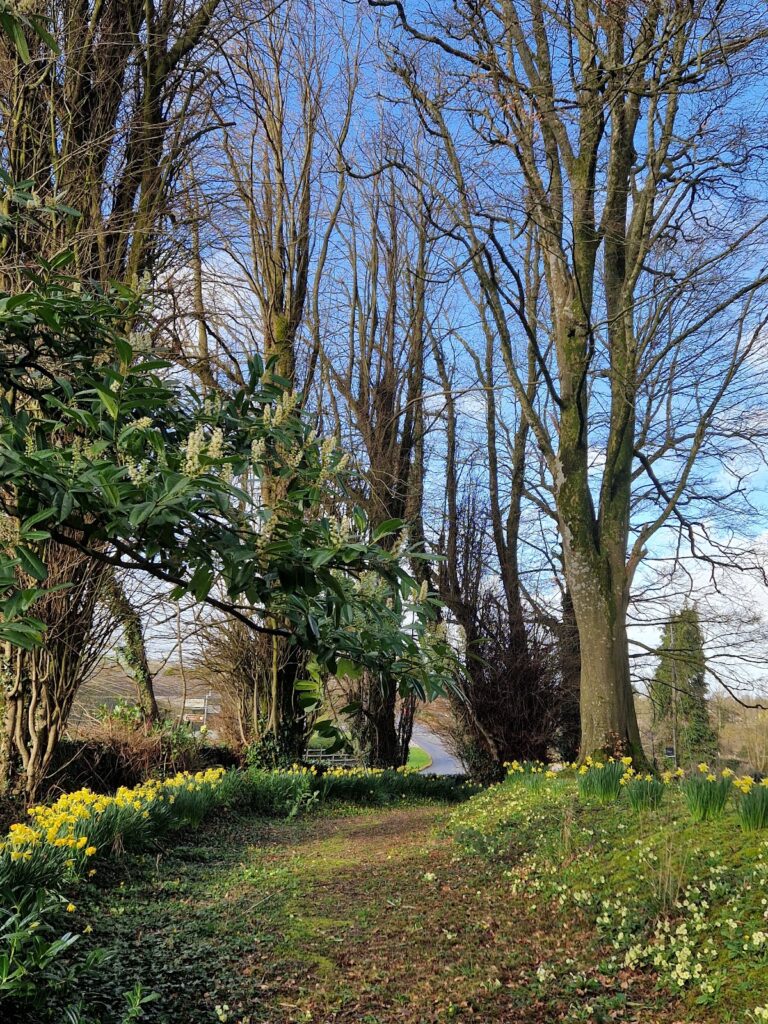Conna Castle: A 16th-Century Irish Tower House in County Cork
Visitor Information
Google Rating: 4.4
Popularity: Very Low
Google Maps: View on Google Maps
Country: Ireland
Civilization: Unclassified
Remains: Military
History
Conna Castle is situated near the village of Conna in County Cork, Ireland. It was constructed during the 16th century by the Anglo-Norman FitzGerald family, influential nobles who shaped much of the region’s history.
The castle’s origins trace to the early 1460s when the Earls of Desmond acquired the land around Conna. Between 1560 and 1561, Thomas Ruadh fitz James FitzGerald, an illegitimate son of the 13th Earl of Desmond, established the sturdy tower house that stands today. This structure became the family seat for several generations, reflecting the Fitzgeralds’ power in Munster.
One of the castle’s most notable residents was James fitzThomas fitzGerald, commonly known as the Súgán Earl. He was the last FitzGerald to inhabit Conna Castle and played a significant role in the Nine Years War (1594–1603), a major conflict between Irish chieftains and English rule. After his capture, James was imprisoned in the Tower of London, marking the end of the Desmond earldom’s control over the castle and its lands.
In the mid-17th century, Conna Castle witnessed further military action during the Irish Confederate Wars. In 1645, it fell to James Tuchet, the 3rd Earl of Castlehaven. Several years later, in 1653, a fire damaged the castle, an incident noted for the tragic deaths of three daughters of the castle’s keeper. Ownership of the castle passed through different hands among English forces, including noted figures such as Walter Raleigh, the Earl of Cork, and Oliver Cromwell.
By the 19th century, Conna Castle entered a new chapter under private ownership. In 1851, Hilary L’Estrange acquired the property, which eventually passed to Alfred G.K. L’Estrange. Alfred’s decision to donate the castle to the Local Government Board of Ireland marked the first instance of such a historic building being given to the state, opening potential for its preservation under public care.
During the late 20th century, specifically the 1980s and 1990s, the castle found a new use as a venue for outdoor concerts, reflecting changing community engagement with the site. However, in 2015, the Office of Public Works closed Conna Castle for restoration. As of early 2022, it has remained unavailable to the public, with local officials voicing concerns about the extended closure.
Remains
Conna Castle is a well-preserved example of a 16th-century Irish tower house, presenting as a sturdy five-storey structure constructed predominantly from locally quarried limestone. It is positioned strategically atop a limestone outcrop, offering views over the nearby River Bride, itself a tributary of the larger River Blackwater. This natural elevation would have provided defensive advantages and control over the surrounding landscape.
The main tower retains much of its original form and height, showcasing the solid masonry techniques of the period. Its limestone walls have withstood centuries of weather and conflict, standing largely intact today. Adjacent to the main tower, towards the northwest, lie the remnants of a smaller corner tower, which once likely served as an additional defensive position protecting the castle’s perimeter.
Encircling the castle is evidence of a bawn, a fortified enclosure common in Irish tower houses. The bawn would have served to protect livestock and villagers during times of attack and formed part of the castle’s defensive system. While in ruins, the bawn’s remains help illustrate the castle’s former layout and the defensive strategies employed in the 16th century.
Although specific details about internal features are not documented in surviving records, the overall structure’s preservation allows visitors and scholars to appreciate the architectural form typical of Irish tower houses built during this turbulent period. Oral traditions and historical accounts mention the castle’s continued military significance through successive occupations, especially during the seventeenth century, confirming its role beyond mere residence.
Conna Castle today stands as an enduring monument to the turbulent history of Munster, bearing physical traces of its noble origins, wartime upheavals, and later custodianship within Ireland’s heritage.










